A photographer and independent art director, Juan Brenner lives and works in Guatemala City.
Between 1999 and 2007 he lived in New York where he worked as a fashion photographer. His images have been published in international magazines such as Nylon, People, Oyster, L’Uomo Vogue, BON, and Anthem among others.
He is a founding member of Proyectos Ultravioleta.
In the middle of 2017, his project MACÚ (in collaboration with Byron Marmol) was curated in the book CLAP, 15 Years of the Best Books of Latin American Photography published by 10X10 Books in New York.
His work is part of collections in Belgium, Japan, Australia, Italy, the United States, Colombia, and Sweden.

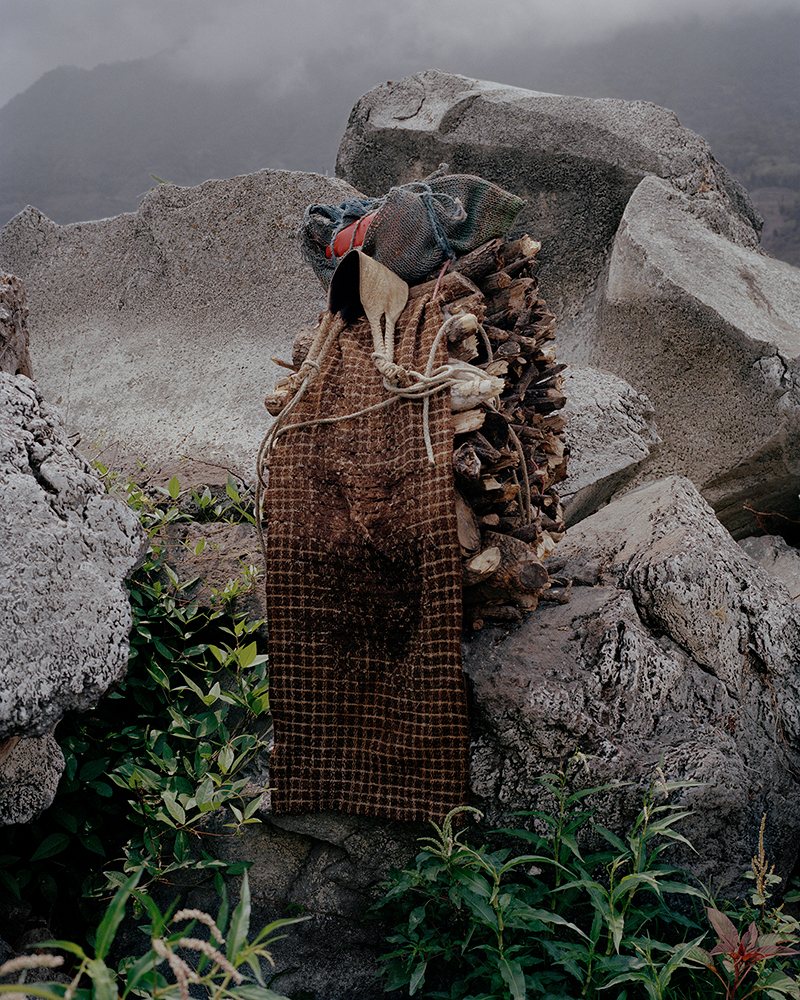

TONATIUH (the son of the sun)
The conquest is a concept that has been instilled from its origin as a normal and accepted phase of our upbringing. The conquerors were really effective at injecting our DNA with the idea that history and its repercussions are something acceptable, and to a certain extent, necessary. From very early in this project I felt the need to focus on the figure of Pedro de Alvarado, a key player in the conquest of México and grand conqueror of Guatemala and Central America. It is a starting point that defines an immense change in the way our history developed as a country and as a continent, but also as a figure that has a very real presence in the dynamics of Latin American societies.
I wanted to create metaphors that could communicate with other audiences. There are so many archetypes that unite conquered/colonized countries, many little details that just exist and repeat.
I needed to understand and digest a reality that gets lost through repetition. It was like a Xerox copy machine, I felt like the toner was running out and it was time to change the cartridge and refresh a bunch of ideas that were just floating around. I felt I had to just put them in people’s faces; no matter how dark and uncomfortable they are.
Just like we have all of these parallels between cultures in Pre-Columbian times; gods, war and so many different rites, nowadays we also share very intricate social dynamics, the way most Latin American cities are laid out. The structure of our food markets and even the way street vendors announce their craft is almost identical in many Spanish colonized countries. When you talk about the highlands things get even more intense; the conflict between the outstanding landscape and the conditions people live in is perhaps the first and strongest feeling you would get. Syncretism and all the rites practiced mostly by indigenous people-a superglued mix of pagan and catholic rituals that is so mystic yet so casual in the rural area-would definitely jump at your eye, but a general feeling of distrust and a constant undertone of suspicion from the locals is not only guaranteed, but worse, is expected by the visitor.
The same comparative exercise needs to be practiced in all areas and nooks of our modern societies. Lovel, Lutz and Kramer write in their amazing book “Atemorizar la Tierra” (Terrorize the Land): “stigmas such as corruption and impunity, as well as intimidation and the blatant rejection of the law, all hallmarks of Guatemala to this day, have a fertile progenitor in Alvarado”. These lines are tremendously strong, specially because they apply to every single Spanish conquered/colonized country in this continent.
I might be building my own myth with these photographs. I guess I’m trying very hard to stick to history and to be as precise with my mapping and data, but I had many of these images already planned out in my head. It was amazing to just find them, it was very surreal to just know what I was going to find out there. Some of the strongest images in this project are metaphors for something more than what’s depicted. The otherworldliness of the region and its people inspired by the consequences of Alvarado’s journey just made me more confused between an existent visual sensibility and a maleable political consciousness. I started this project because I wanted to find situations that created a personal connection with the neglected reality of the conquered people.


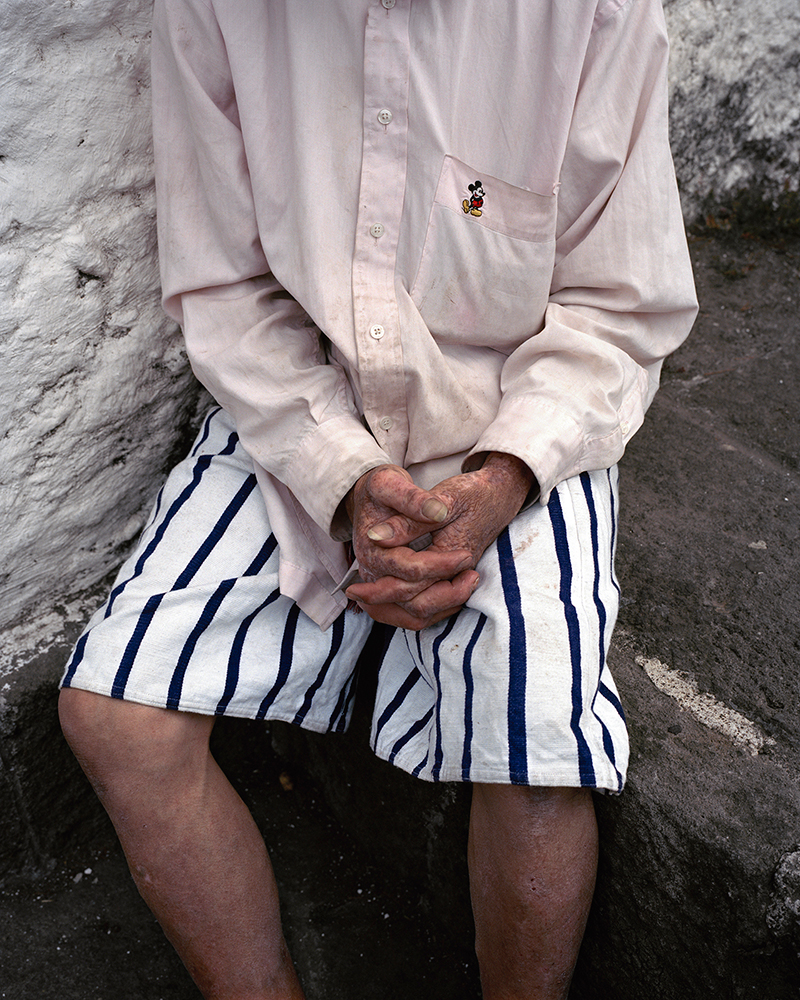
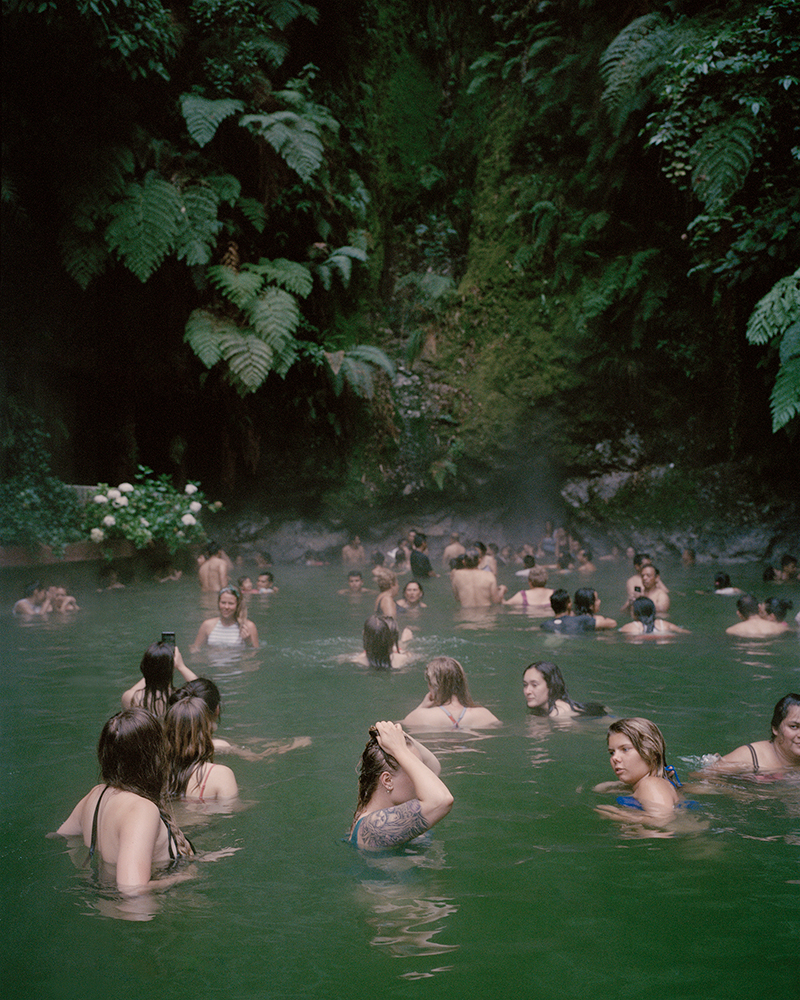
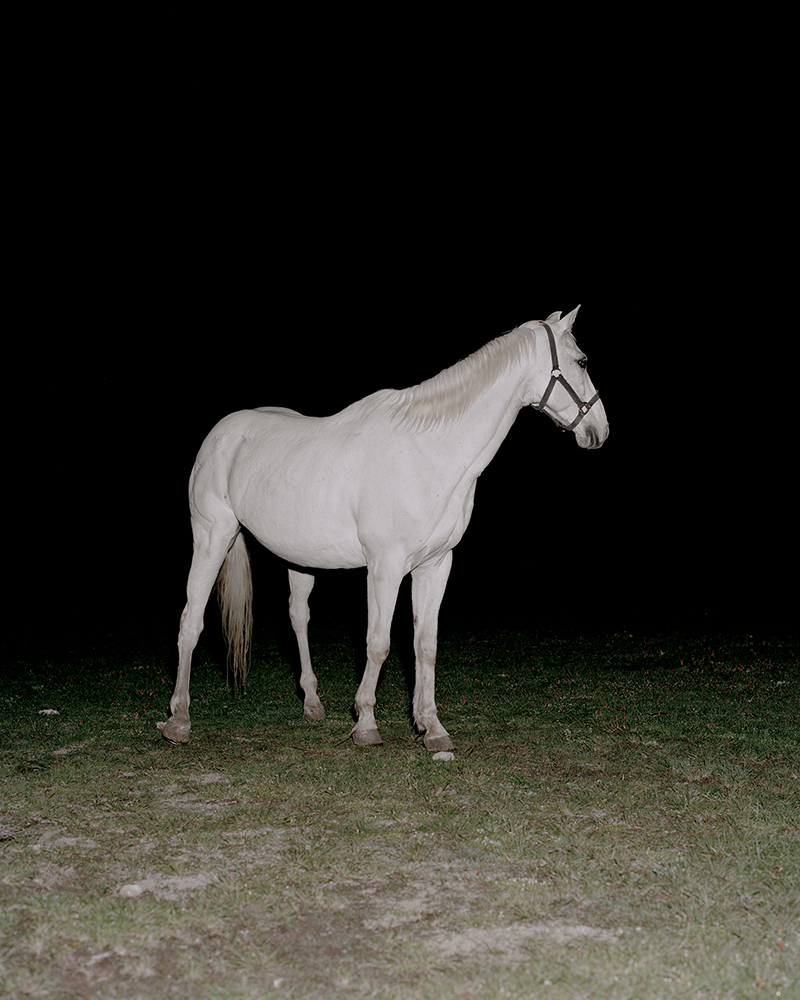
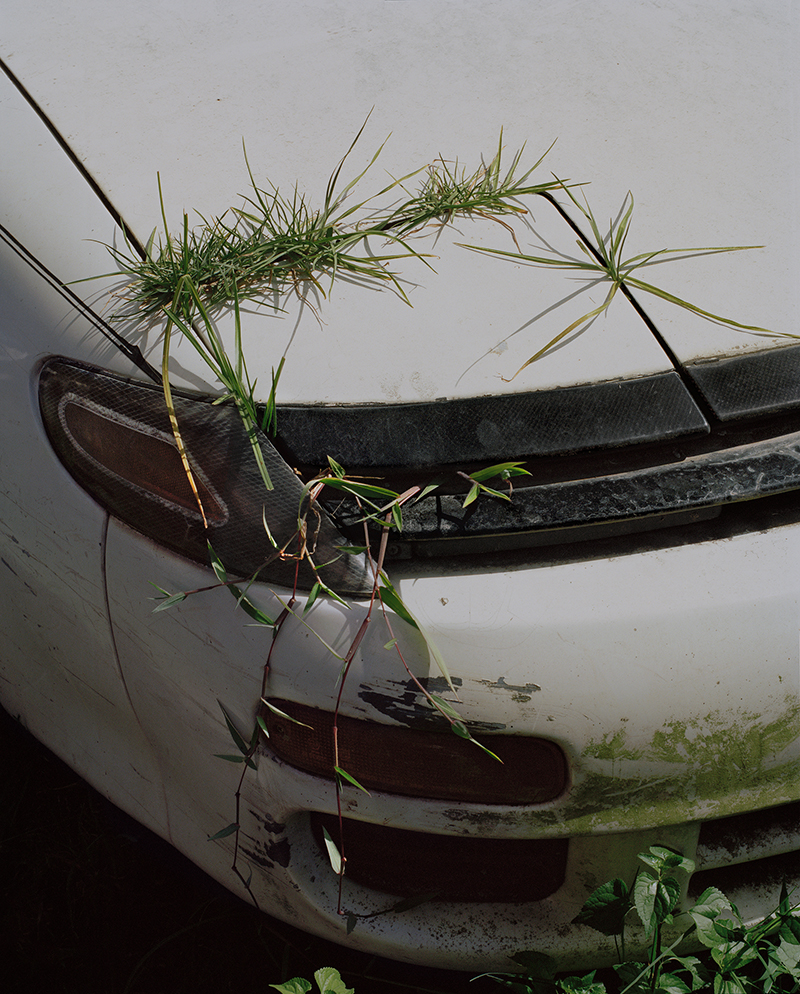



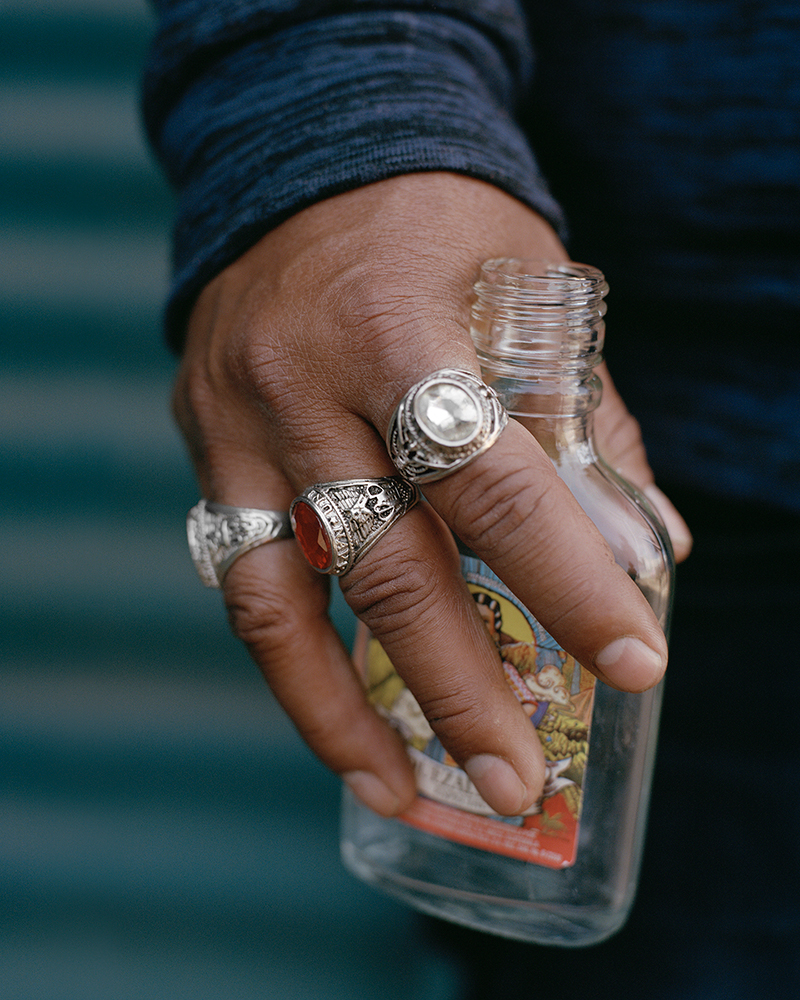

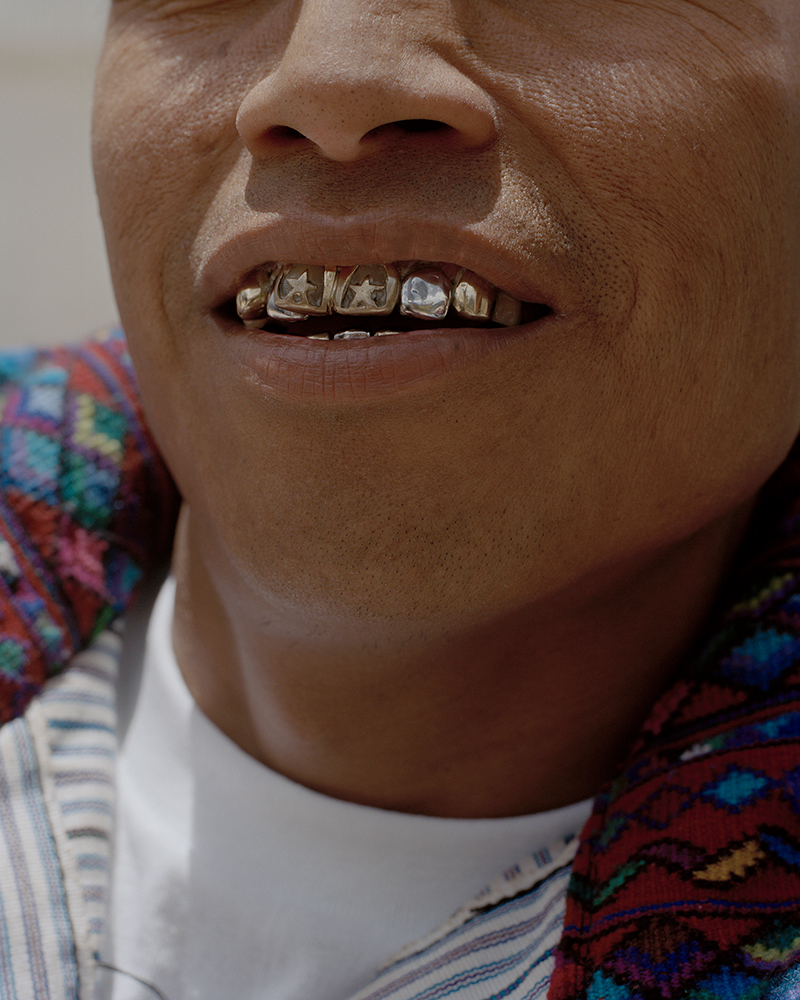
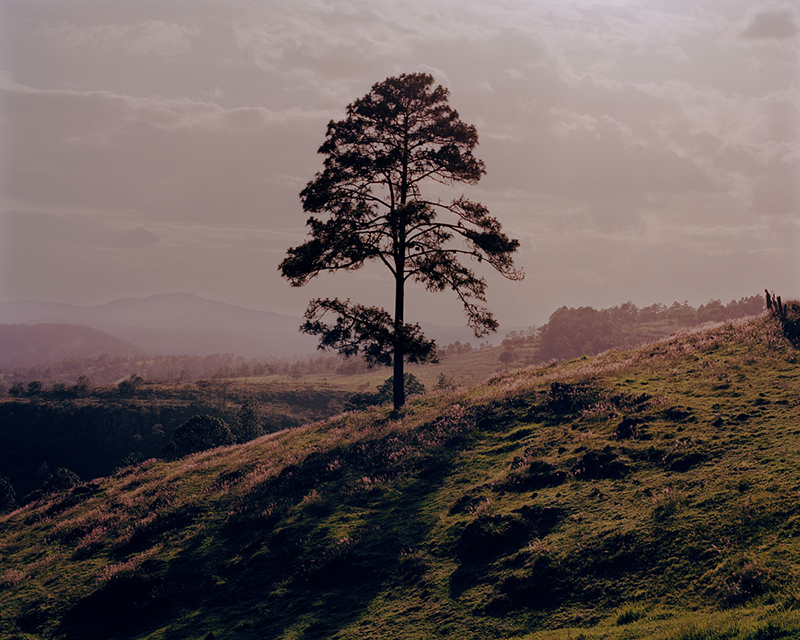
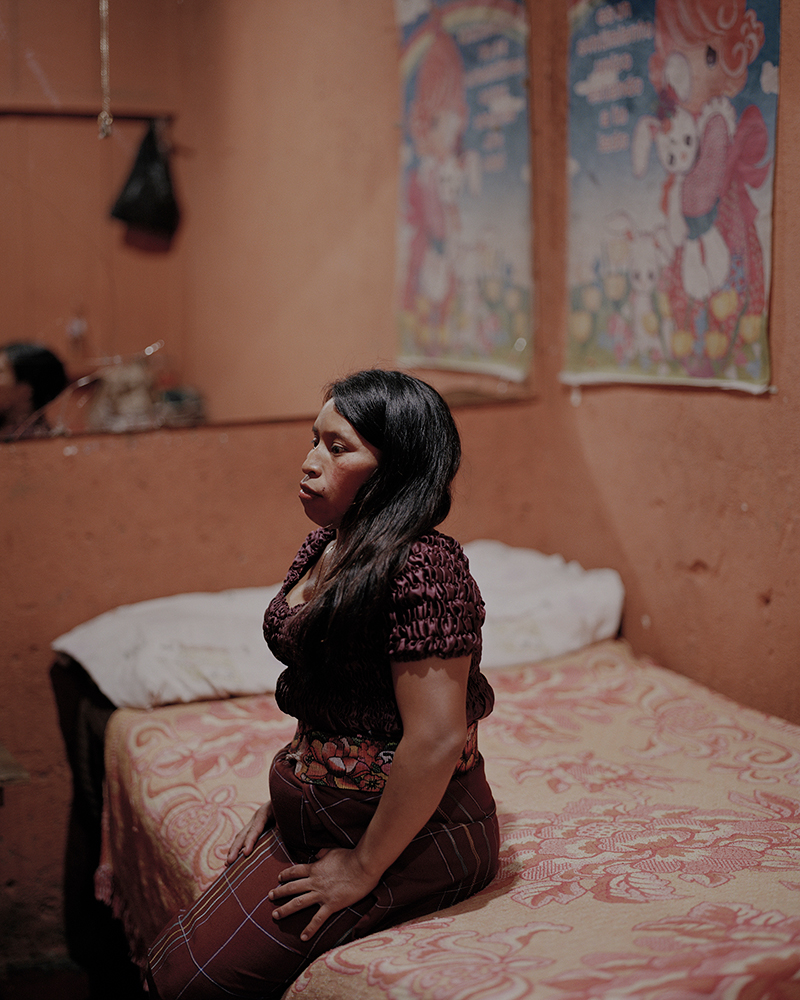
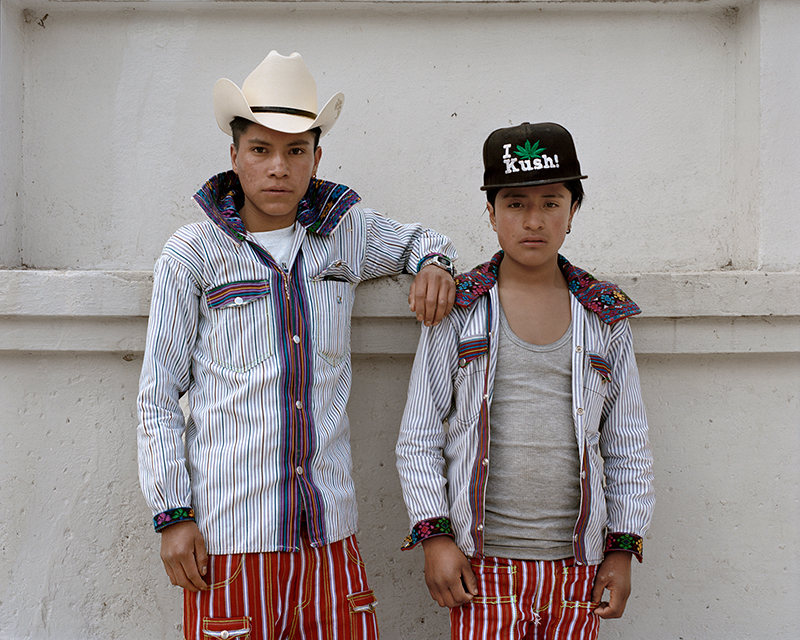


To view more of Juan Brenner’s work please visit his website.